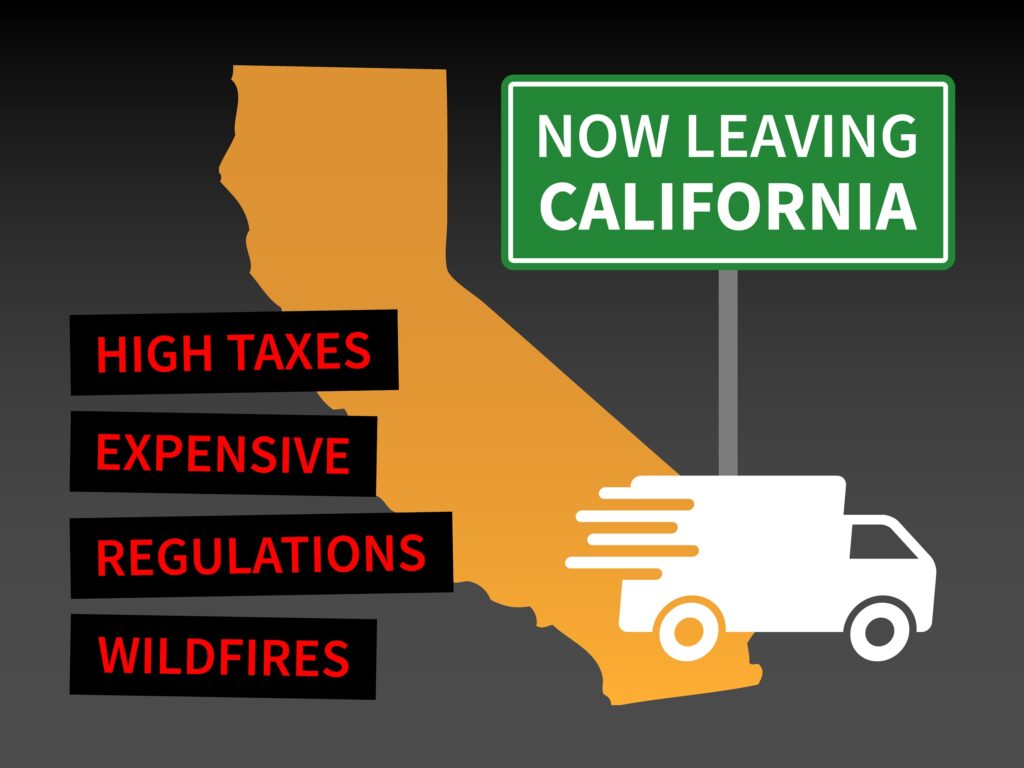Mandatory Switching: A Solution in Search of a Problem
The perpetual push and pull between those who
send freight and those who move their goods has invited governments to
intervene time and time again. The temptation to regulate rail prices has
existed since the first track was laid almost 200 years ago, and the notion’s
popularity has grown, declined and resurged at different times.
Today, the conversation continues at the
Surface Transportation Board (STB), where policymakers are considering new rules that could
put the brakes on America’s resurgent freight rail sector. At issue are rules
about “reciprocal switching”—the question
of whether major railroads have an obligation to haul loads from connecting
railroads to complete the trip when those loads are bound for a third party.
Reciprocal
switching is a normal part of the rail transportation
market, but certain shippers rely far more than others on the practice. Smaller
shippers with properties served by shortline railroads rely on the reciprocal
switching market to reach customers that don’t connect to their local freight
service directly. Prior to the rise of trucking, larger rail companies
threatened these industries with non-competitive behavior. But a century of
investment in highway infrastructure has neutralized most of that risk.
Today, the switching debate amounts to opinions
on relative shipping prices. Shippers and their shortlines argue for more rate
regulation to keep prices low, while infrastructure owners argue that the
current prices don’t generate enough return on their investments.
The STB has held the authority to regulate the
switching market since its inception, but has declined to use that authority
for over 30 years. To do so could upend the relationship between railroads and
their customers, and allow lower investment rates in jointly-used
infrastructure to wipe out public benefits. Over time, that could make the rail
industry less competitive with long-distance trucks.
To that end, I am joining
others to call for an end to the STB’s flirtation with rules that
would make it easier for shippers to justify the forced switching of railcars.
As it stands, switching is mandatory only if a shipper can prove that the
railroad engaged in non-competitive behavior. The proposed rules would broaden
that criteria to mandate switching if a shipper shows that it would be in the
public interest or that it would be necessary to ensure competitive rail
service.
Combined, these new lines of reasoning would
make mandatory switching an ever-present feature of the American shipping
landscape. It would increase government intervention in the economy, and crown
winners and losers based on the type of rail line relied on by a given industry.
There’s even a chance for the rules to backfire entirely by encouraging large
railroads to buy and shut down small railroads that generate disproportionate
costs under the new system.
In coming years, the STB will have to guide
America’s adaptation of new transportation technologies, and its capacity is
already limited. The STB shouldn’t waste valuable resources by relitigating an
age-old price debate between different types of railroads.







